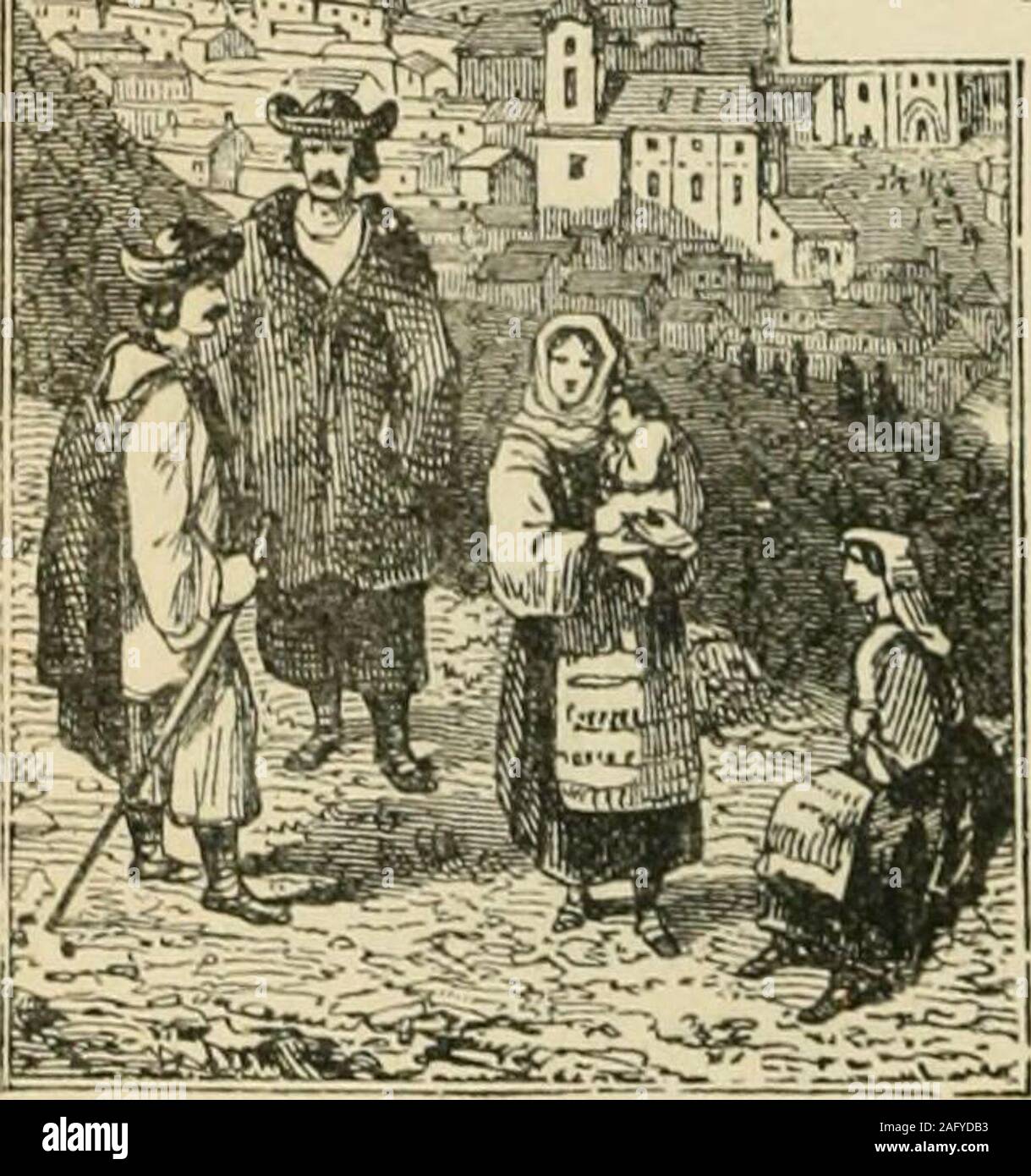

After all, we just said there was no formal, unified “Habsburg empire” as such. Knowing this, you would be right to wonder why nearly all the Habsburg monarchs you see mentioned throughout Vienna seem to have the title, Emperor. So the Habsburg monarch might call himself Archduke of Austria, King of Dalmatia, Duke of Lorraine, Grand Prince of Transylvania, Prince of Brixen, Lord of Triest… (and a whole lot more). Instead, they held a long list of distinct titles made up of the local titles given to the sovereign in each of the various states throughout their territories.

Each land enjoyed various degrees of autonomy, for example.įor most of history, a Habsburg monarch was never King or Queen (or Emperor or Empress) of a conglomerate of Habsburg lands at all. (Vienna was the de facto capital – the “imperial city” – for almost the entire period of Habsburg hegemony.)īut you can’t think of these Habsburg lands as a single state run from an administrative center, even though all the various dominions shared a common Habsburg monarch. The term “empire” is simply a convenient word to describe all the disparate states ruled by this particular Vienna-centered branch of the Habsburg family. Until 1804, however, this collection of central European lands was never formally a single entity or empire at all. Courtesy of the Rijksmuseum) An empire, but not in name (Map of the Southern (Austrian) Netherlands, Joachim Ottens, 1719. A branch of the family ruled Spain, for example, from 1516 to 1700. For most of the 18th century, for example, the Habsburgs ruled the Austrian Netherlands, an area covering much of modern Belgium and Luxembourg.Īnd, just to confuse matters, some of the other monarchs in Europe also bore the Habsburg name. Other bits of Europe also drifted in and out of the “empire”. In summary, this Habsburg “empire” incorporated much of what we think of as central and eastern Europe for significant periods of time. The exact dimensions of the Hungarian part of these Habsburg lands often depended on the state of relations with the Ottoman empire further out to the east (the Ottomans even laid siege to Vienna twice once in 1529 and once in 1683). Hungary: not just today’s Hungary, but also Slovakia, Romania, and northern parts of ex-Yugoslavia.Bohemia, Moravia and Silesia: most of today’s Czech Republic and southwest Poland.This core group of dominions included Vienna, of course What you might call the traditional hereditary lands: much of modern-day Austria and Slovenia, with adjoining bits of Bavaria and Italy thrown in.Courtesy of the British Library)ĭespite these changes, certain regions featured regularly throughout the period of Habsburg rule: (The “Habsburg Empire” in the late 19th century. The lands making up this “empire” (and the relationships between them) changed continuously thanks to weddings, wars, inheritances, family divisions, political agreements, and so on. He was a relatively powerful monarch for the time, but not master of much of Europe.Īcross the subsequent 650 years, however, the Habsburg family accumulated more and more possessions and titles. Rudolf’s lands could hardly be considered an empire, unofficially or otherwise. Tip: Rudolf is one of the figures that appear on the famous Ankeruhr clock in Vienna’s old town. Aha!Īnd so began the long story of Vienna and the “Habsburg empire”. When the (battle) dust settled, our early Habsburg had taken possession of a small Duchy called Austria for his crown, which included a place called Vienna.

Like all good monarchs of the day, Rudolf took to the field and started implementing his claims using the ever-reliable negotiating tactic of waving a sword. (Rudolf I defeats Ottokar II, Daniel Nikolaus Chodowiecki, 1783.


 0 kommentar(er)
0 kommentar(er)
